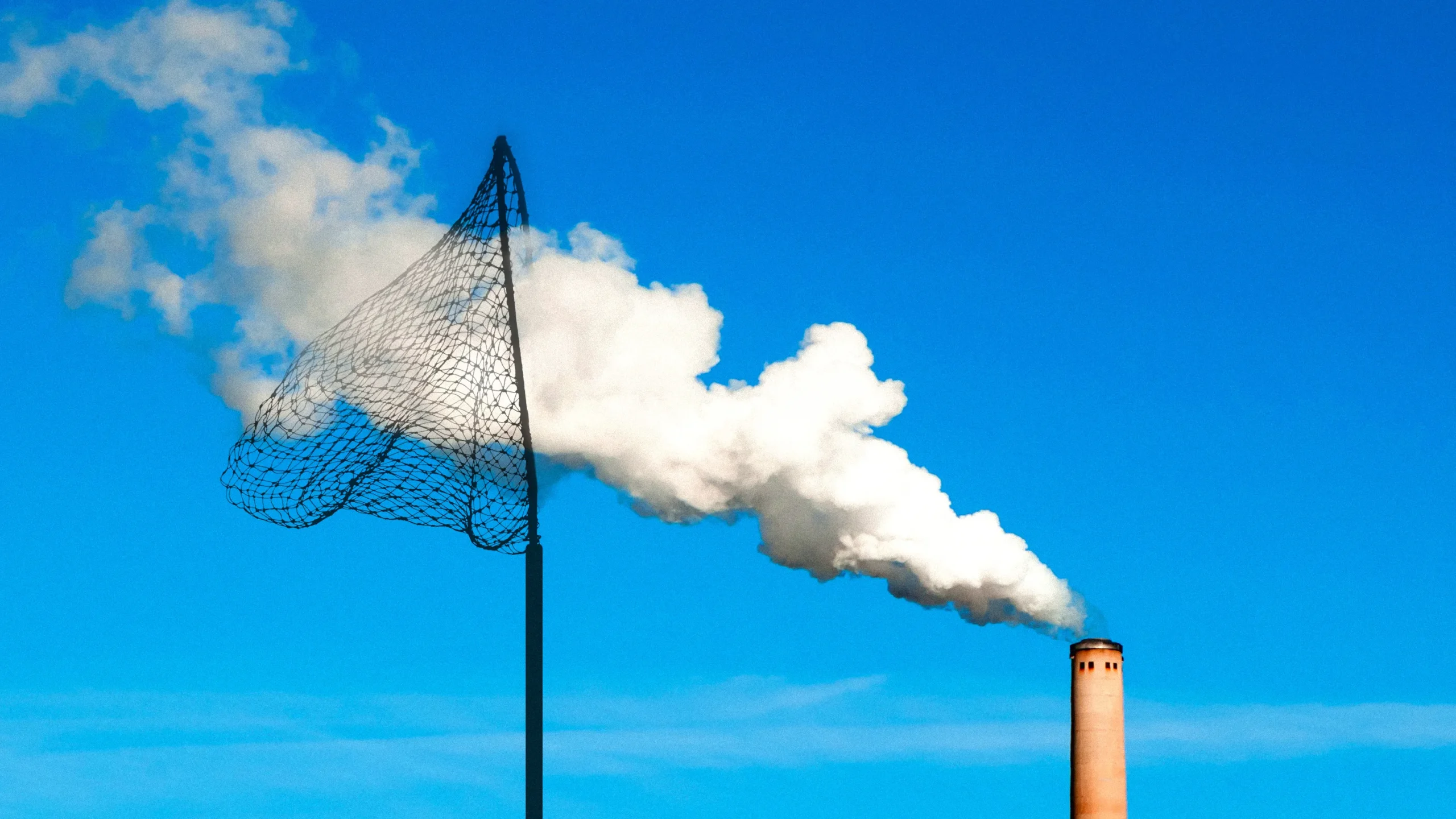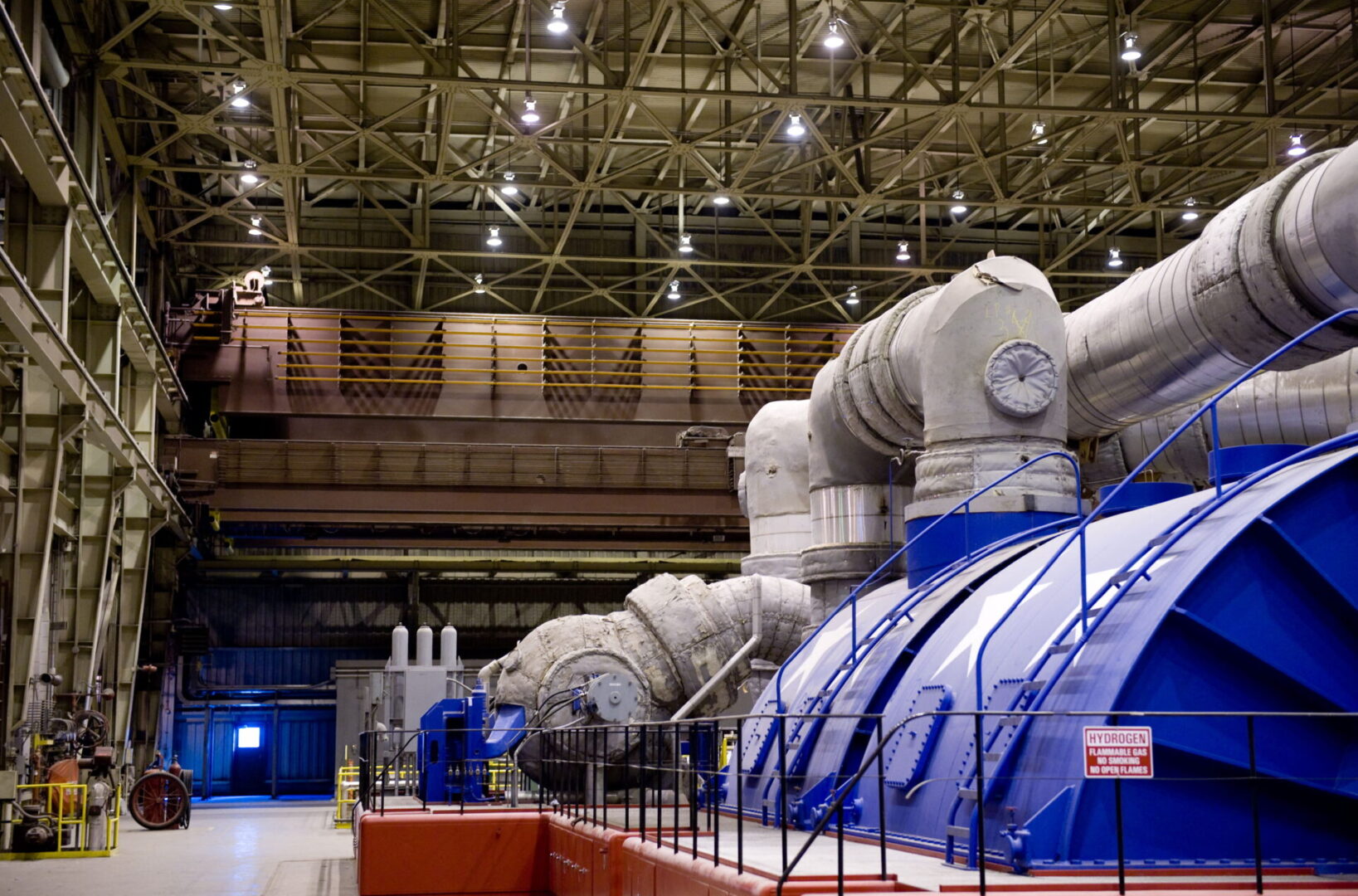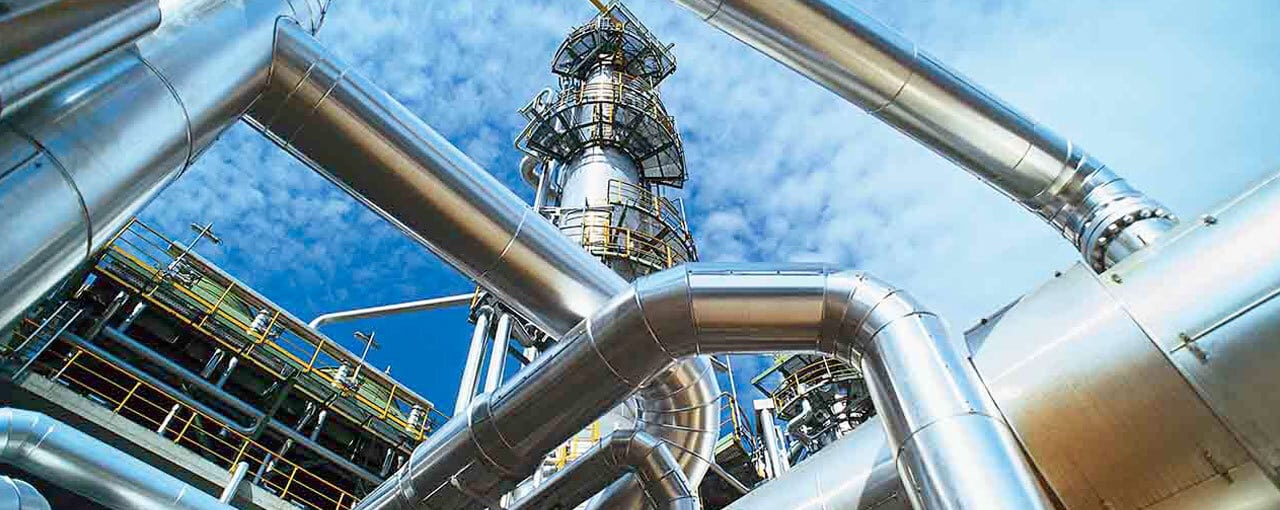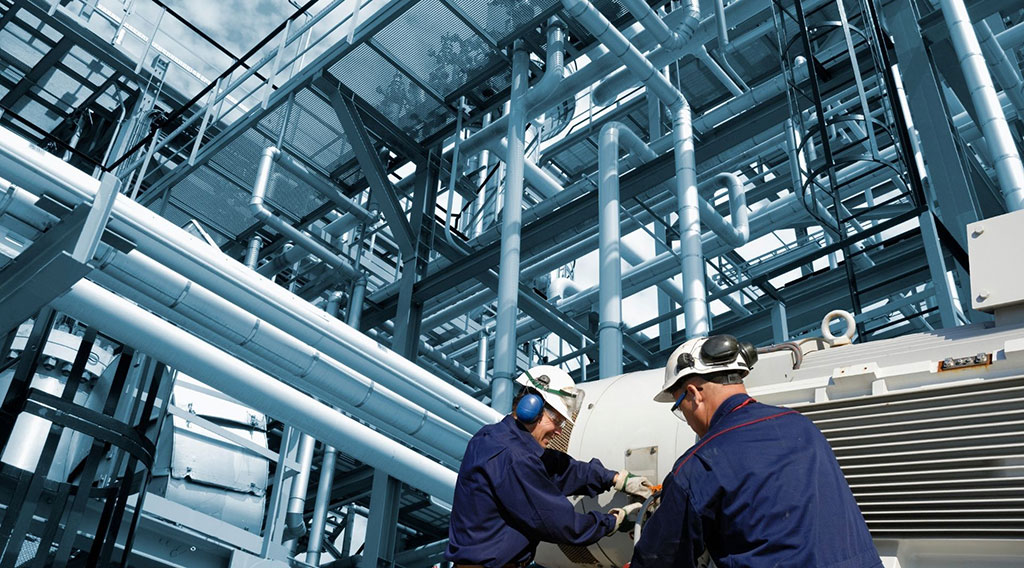“CCUS and Biodiversity: Balancing Industrial Development with Environmental Preservation”
In today’s world, the pursuit of economic growth often comes at the expense of environmental degradation. As industries continue to expand, the need to strike a balance between industrial development and environmental preservation becomes increasingly crucial. One approach to achieve this balance is through Carbon Capture, Utilization, and Storage (CCUS) technology, which mitigates greenhouse gas emissions. However, the implementation of CCUS projects must also consider the conservation of biodiversity, as diverse ecosystems play a vital role in maintaining the ecological balance. This article explores the challenges faced in balancing CCUS and biodiversity and proposes mitigation strategies to protect natural habitats while promoting sustainable industrial development.
Understanding the Importance of Industrial Development
Industrial development has been instrumental in driving economic progress and improving the quality of life for many around the world. It has created job opportunities, improved infrastructure, and enhanced the standard of living. Industrial activities, however, often result in the release of greenhouse gases, contributing to climate change. This is where CCUS technology becomes significant. By capturing CO2 emissions from industrial processes and storing them underground, CCUS offers a means to reduce carbon footprints while still allowing for industrial growth.
The Significance of Environmental Preservation
Environmental preservation is crucial for maintaining the delicate balance of our ecosystems. Biodiversity, in particular, plays a pivotal role in maintaining the health and resilience of our planet. Ecosystems with high biodiversity are better equipped to withstand environmental changes, such as climate change and pollution. These ecosystems provide numerous benefits, including clean air, freshwater, and natural resources that support human well-being. Preserving biodiversity is not only essential for the protection of endangered species but also for the long-term sustainability of our planet.
Challenges in Balancing CCUS and Biodiversity
Balancing CCUS and biodiversity presents several challenges. The implementation of CCUS projects often requires land use, which may encroach upon natural habitats and disrupt ecosystems. Additionally, the extraction of resources necessary for CCUS, such as minerals and water, can have adverse effects on biodiversity. It is crucial to carefully assess and mitigate these potential impacts to ensure the long-term preservation of biodiversity while implementing CCUS projects.
Mitigation Strategies to Protect Biodiversity
To protect biodiversity during CCUS implementation, several mitigation strategies can be employed. These include conducting thorough environmental impact assessments before project initiation, incorporating biodiversity considerations into project design, and implementing appropriate monitoring and management plans. Additionally, the restoration and rehabilitation of affected areas can help mitigate the impact on biodiversity. By implementing these strategies, it is possible to reduce the negative consequences of CCUS projects on biodiversity.
Achieving a Balance for a Sustainable Future ===
The integration of CCUS and biodiversity preservation is essential for achieving a sustainable future. While industrial development is crucial for economic progress, it should not come at the expense of our environment and biodiversity. By recognizing the significance of both industrial growth and environmental preservation, we can effectively implement CCUS projects while minimizing their impact on biodiversity. Collaborative efforts between industries, governments, and conservation organizations are necessary to establish regulatory frameworks that encourage sustainable industrial practices. Ultimately, the successful integration of CCUS and biodiversity will contribute to a greener, more prosperous future for all.










